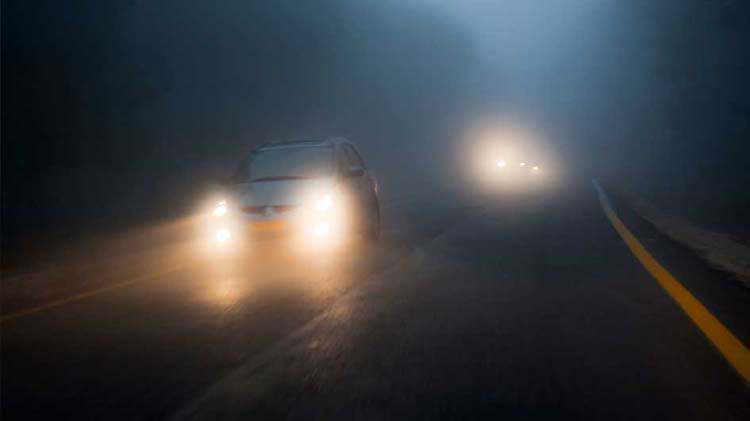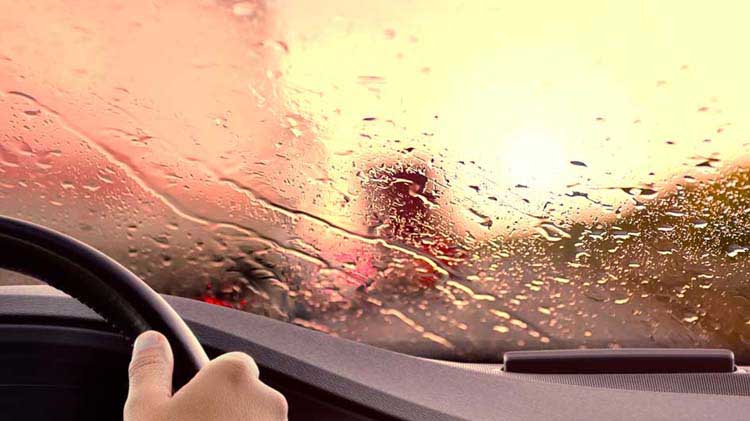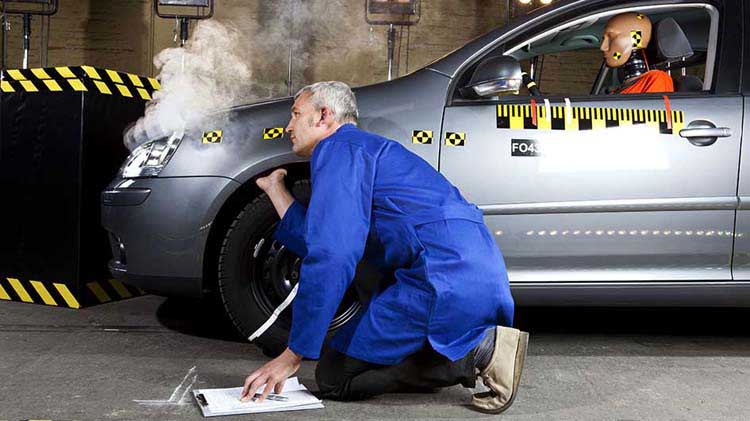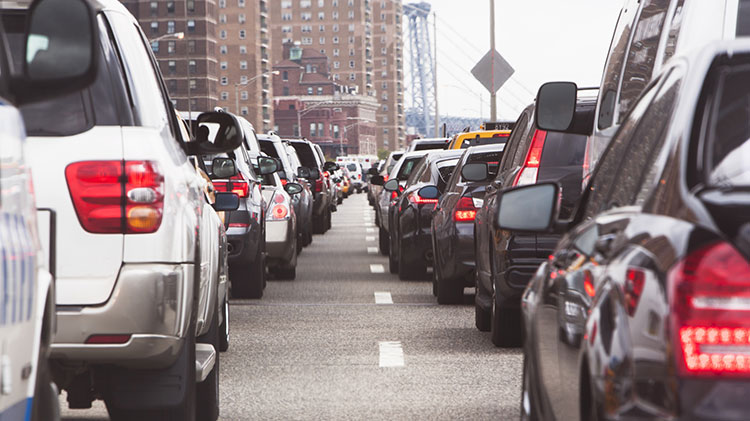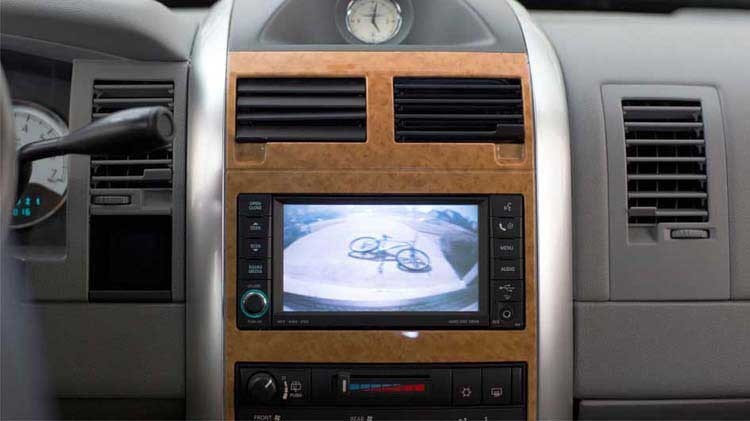Driving in fog
It's never ideal to drive in dense or heavy fog. Here are tips for when you have to keep driving.
Dense fog can create dangerous conditions on the road, especially if it's extremely dense fog or combined with other severe weather conditions. The safest thing to do is pull over into a parking area until the fog clears.
How to drive in fog
- Minimize distractions. Silence your cell phone and the stereo. Put distractions like your cell phone in a place where you won't be tempted to reach for them while driving, like the glove compartment.
- Reduce your speed. Because you can't see the road or other vehicles, a low speed can help you react safely.
- Roll down your window. This allows you to listen for cars and emergency vehicles.
- Use roadside reflectors as a guide. The markings can help you navigate twists and turns.
- Turn off cruise control. This will maximize your control of your vehicle.
- Use windshield wipers and defrosters. These will help limit excess moisture on the window and reduce glare.
- Drive with low beams and fog lights. High beams/brights can worsen visibility because they reflect off the fog.
- Use the right edge of the road as a guide. Helps you stay in your lane and not "drift" into the middle lane.
- Increase your following distance from other cars to ensure you have the proper time to respond to any obstacles. A good rule of thumb is to increase your count distance by at least 5 seconds instead of the normal 2 seconds behind another vehicle.
- Beware of animals on the road. Animals, especially white tail deer, feel bolder under cover of fog and are much harder to see. The lowered visibility in dense fog means less time for you to see them, and for them to see you.
Get an auto insurance quote
Want to protect your car?
What to do if you need to pull over to a safe area due to dense fog
- Use your turn signal. Other drivers may be using your taillights as a guide, so alert them that you're pulling off the road. When you are traveling in low visibility areas, signal earlier than you normally would in ideal weather conditions.
- Pull off away from the road. If drivers can't see the shoulder, they likely won't see your vehicle either.
- Turn on your hazard lights. Help other drivers know you're stopped. Avoid using flashing lights while driving. In many states, hazard light use is not permitted while driving. Using the hazard lights can make other drivers think you're stopped or stalled and using them may disable your ability to use your turn signals.
If you do have a collision, State Farm® is here to help. Learn more about the steps to take after a crash, including calling your insurance agent.
Get more tips for driving in fog and other severe weather conditions from State Farm.
